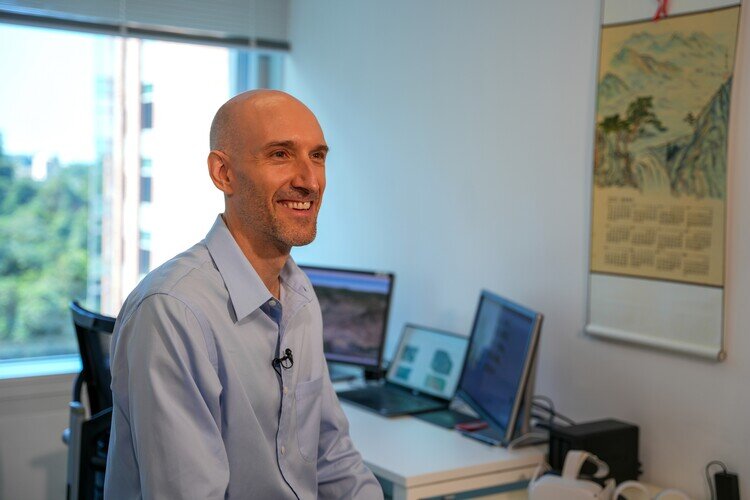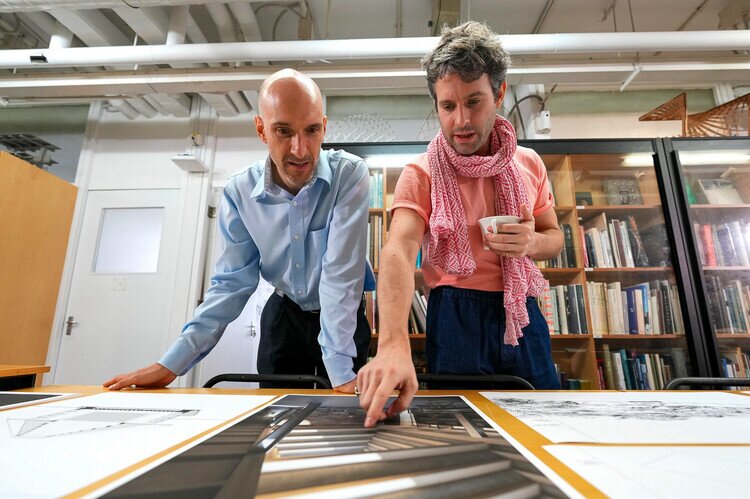Digitising Archaeology to Save Armenia’s Past
Archaeology allows scientists to study the human past and lost cultures through the material objects that people left behind.
In many times and places of the past, we lack historical written records, so archaeology offers the only way to study the people who lived then.
But archaeology is considered a destructive science. To uncover artefacts and their contexts, archaeologists must destroy the evidence in order to record it, and nobody can ever excavate the same thing again. Therefore it is crucial that every detail must be accurately recorded so that all the information unearthed during “digs” is preserved for the future.
As part of a multi-year project in Armenia, Prof Peter J Cobb, an archaeologist and an assistant professor at The University of Hong Kong in the Faculty of Arts, and his team are using new methods to digitally record the location of every artefact and context they unearth.
“We're trying to find innovative ways to tell the story of the human past to the public using new technologies,” Prof Cobb said. “We believe that augmented reality will provide a tool for archaeologists to better record and interact with the data in the trench, offering a new way of doing archaeology.”
Prof Cobb was invited by The Institute of Archaeology and Ethnography of the Republic of Armenia's National Academy of Sciences to undertake a collaborative research project (with Archaeologists Artur Petrosyan and Boris Gasparyan) to understand the human past in the region of the world that forms the key intersection between Africa, Asia and Europe. Specially, the project examines life and mobility in the Vedi River valley of Armenia by undertaking an excavation of the 3,500 year old Vedi Fortress site.
Under the guidance of HKU PhD student and project leader Mr Hayk Azizbekyan, the team is making extensive use of 3D models and augmented realty (AR) for archaeological data collection, to record and interact with the architecture and other features discovered during excavation.
“We are designing an app which will be used for archaeological purposes,” Mr Azizbekyan said. “For example, we can project 3D models, we can carry out data collection on the site and upload it to a server, and we can help archaeologists dig with guidance.”
However, Prof Cobb said the hardware that's available for augmented reality today is not at an advanced stage of development yet, but they are developing the skillset needed in the field for when it is available.

“So we're figuring out what we would use it for, and as the hardware catches up with us, we'll be ready to deploy it on a day to day basis for archaeology,” he said.
Mr Azizbekyan said his goal is to make the technology accessible globally so it can help all archaeologists to better record and understand their sites and, importantly, make all data shareable so everyone can have access to real information about the past.




